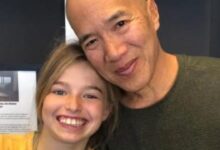Western
December 26, 2023
Angelina Jolie and the Ghosts of New York Past
Games
September 23, 2022
Guide to the Apex Legends Beast Of Prey Event
Tech
August 16, 2022
Russian gamers race to prevent nuclear ‘war’
Games
September 23, 2022
Fans Are Constructing A GTA 6 Map Based On Leaks
Tech
August 16, 2022


















